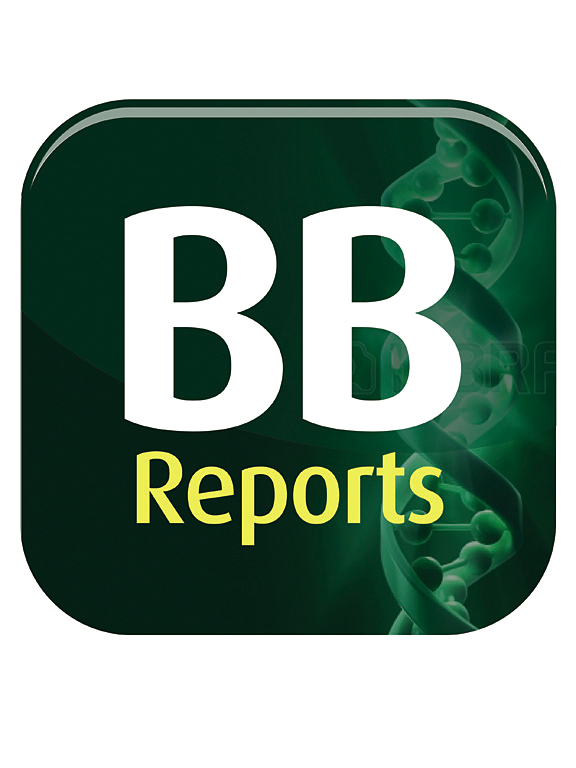Identification of GABBR2 as a diagnostic marker and its association with Aβ in Alzheimer's disease
IF 2.3
Q3 BIOCHEMISTRY & MOLECULAR BIOLOGY
引用次数: 0
Abstract
Background
Synaptic dysfunction and synapse loss occur in Alzheimer's disease (AD). The current study aimed to identify synaptic-related genes with diagnostic potential for AD.
Methods
Differentially expressed genes (DEGs) were overlapped with phenotype-associated module selected through weighted gene co-expression network analysis (WGCNA), and synaptic-related genes. The overlapped hub genes were further processed using machine learning algorithms, intersected with module gene from protein-protein interaction (PPI) network constructed with DEGs, to yield co-hub genes. The diagnostic potentials of the co-hub genes were examined by receiver operating characteristic (ROC) analysis. Correlation between co-hub genes with clinical features and immune cell infiltration was analyzed. Finally, the expression of co-hub genes was analyzed in several datasets and validated in AD transgenic mice.
Results
A total of three co-hub genes were identified, including MAP1B, L1CAM, and GABBR2. GABBR2 showed area under the curve (AUC) values of 0.98, 0.81, and 0.88 in the training and two external validation datasets. GABBR2 was negatively correlate with beta- and gamma-secretase activities, and infiltration of natural killer T cells and effector memory CD8 T cells. Finally, GABBR2 was validated to be downregulated in AD transgenic mice, aligning with bioinformatic findings. GABBR2 overexpression in N2a/APP cells increased ADAM10 while decreased of BACE1, leading to upregulation of sAPPα while downregulation of sAPPβ.
Conclusion
In conclusion, GABBR2 acts as a novel biomarker for the diagnosis of AD and negatively correlated with Aβ in AD.
GABBR2作为阿尔茨海默病诊断标志物的鉴定及其与a β的关联
背景:突触功能障碍和突触丢失发生在阿尔茨海默病(AD)。目前的研究旨在鉴定具有AD诊断潜力的突触相关基因。方法将差异表达基因(deg)与加权基因共表达网络分析(WGCNA)选择的表型相关模块和突触相关基因重叠。利用机器学习算法对重叠的枢纽基因进行进一步处理,并与由DEGs构建的蛋白-蛋白相互作用(PPI)网络中的模块基因相交,得到共枢纽基因。采用受试者工作特征(ROC)分析检测共中心基因的诊断潜力。分析共枢纽基因与临床特征及免疫细胞浸润的相关性。最后,在多个数据集中分析了共枢纽基因的表达,并在AD转基因小鼠中进行了验证。结果共鉴定出3个共中心基因,分别为MAP1B、L1CAM和GABBR2。GABBR2在训练和两个外部验证数据集中的曲线下面积(AUC)分别为0.98、0.81和0.88。GABBR2与β -和γ -分泌酶活性以及自然杀伤T细胞和效应记忆CD8 T细胞的浸润呈负相关。最后,GABBR2在AD转基因小鼠中被证实下调,与生物信息学研究结果一致。N2a/APP细胞中GABBR2过表达使ADAM10升高,BACE1降低,导致sAPPα上调,sAPPβ下调。结论GABBR2可作为一种新的AD诊断生物标志物,与AD中a β呈负相关。
本文章由计算机程序翻译,如有差异,请以英文原文为准。
求助全文
约1分钟内获得全文
求助全文
来源期刊

Biochemistry and Biophysics Reports
Biochemistry, Genetics and Molecular Biology-Biophysics
CiteScore
4.60
自引率
0.00%
发文量
191
审稿时长
59 days
期刊介绍:
Open access, online only, peer-reviewed international journal in the Life Sciences, established in 2014 Biochemistry and Biophysics Reports (BB Reports) publishes original research in all aspects of Biochemistry, Biophysics and related areas like Molecular and Cell Biology. BB Reports welcomes solid though more preliminary, descriptive and small scale results if they have the potential to stimulate and/or contribute to future research, leading to new insights or hypothesis. Primary criteria for acceptance is that the work is original, scientifically and technically sound and provides valuable knowledge to life sciences research. We strongly believe all results deserve to be published and documented for the advancement of science. BB Reports specifically appreciates receiving reports on: Negative results, Replication studies, Reanalysis of previous datasets.
 求助内容:
求助内容: 应助结果提醒方式:
应助结果提醒方式:


